
NASA’s understanding of the effects of prolonged weightlessness on the human body has been greatly influenced by the Gallaudet Eleven, a group of deaf men from Gallaudet College who volunteered to be part of a research study.

NASA’s understanding of the effects of prolonged weightlessness on the human body has been greatly influenced by the Gallaudet Eleven, a group of deaf men from Gallaudet College who volunteered to be part of a research study.
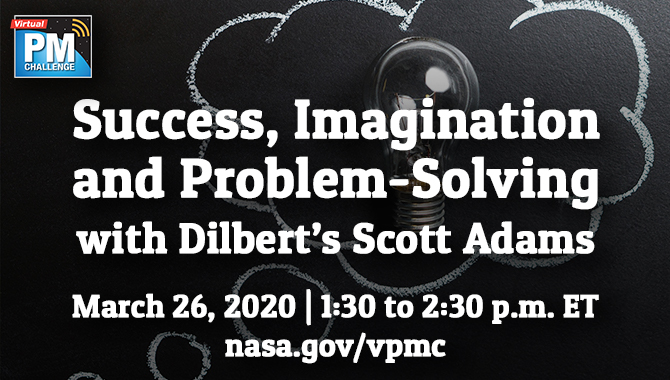
Watch recorded March 26, 2020 session.
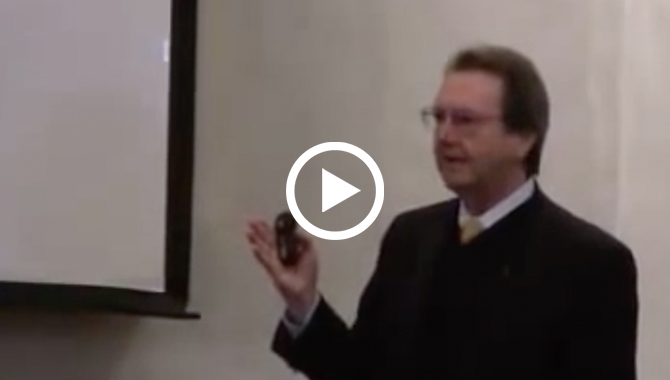
What lessons could you learn from a low-cost, short-schedule mission?
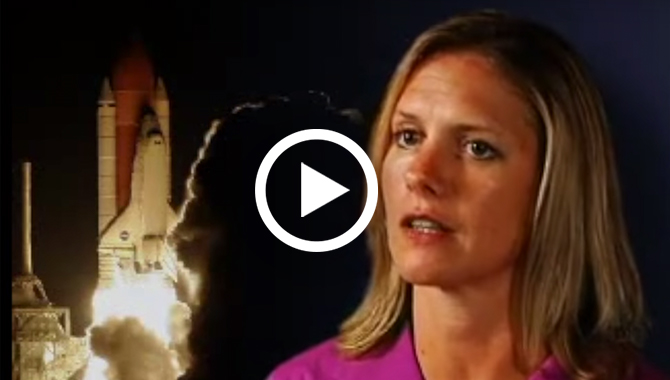
The use of common hardware can help to mitigate a number of issues with obtaining spacecraft replacement parts.
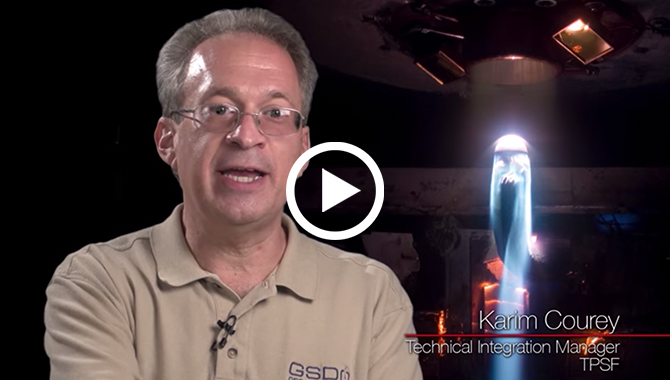
Having in-house expertise can be a great advantage to help with problem solving in the manufacturing process when materials are no longer commercially available.
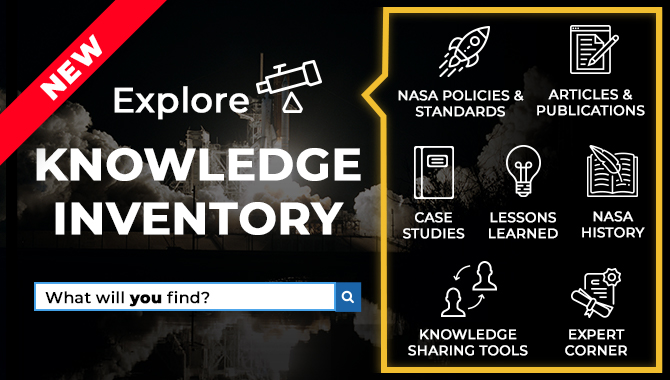
Knowledge Inventory contains valuable links to key information.
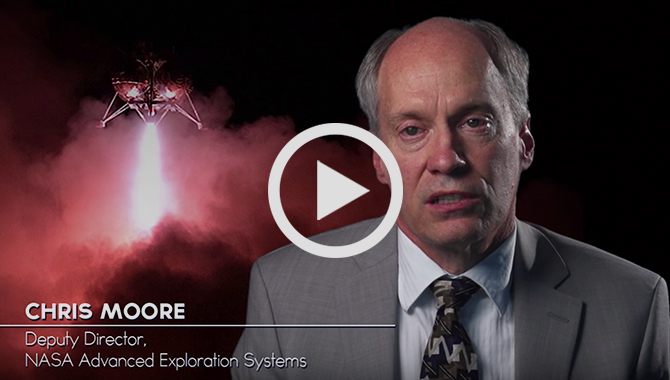
Learning from failures can help facilitate innovation for technologies that will increase future mission success.
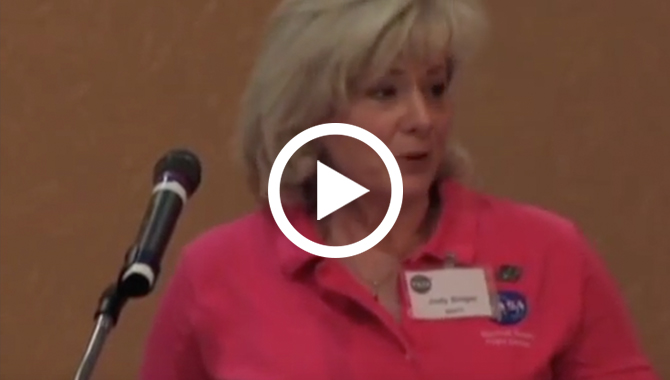
Testing is an important part of reducing risk in spacecraft design, and can help determine limits and allow learning about a spacecraft’s performance.
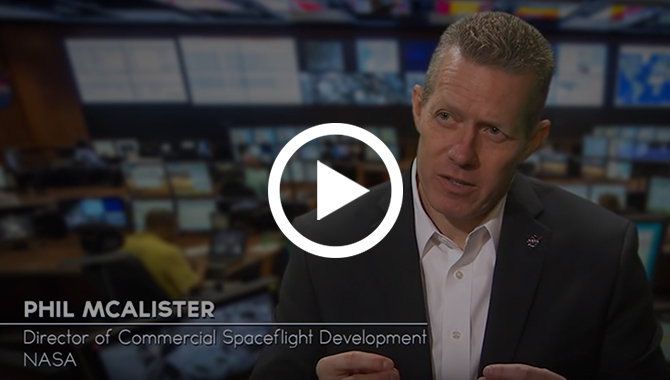
Managing change effectively is an important component to being successful with NASA’s innovative missions.